
Rosemary Sutcliff was an English novelist best known for children's books, especially historical fiction and retellings of myths and legends. Although she was primarily a children's author, some of her novels were specifically written for adults. In a 1986 interview she said, "I would claim that my books are for children of all ages, from nine to ninety."

The Other Boleyn Girl (2001) is a historical novel written by British author Philippa Gregory, loosely based on the life of 16th-century aristocrat Mary Boleyn of whom little is known. Inspired by Mary's life story, Gregory depicts the annulment of one of the most significant royal marriages in English history and conveys the urgency of the need for a male heir to the throne. Much of the history is highly distorted in her account.
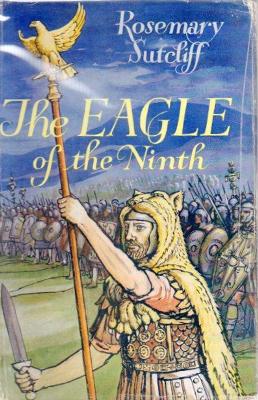
The Eagle of the Ninth is a historical adventure novel for children written by Rosemary Sutcliff and published in 1954. The story is set in Roman Britain in the 2nd century AD, after the building of Hadrian's Wall.

The Lantern Bearers is a historical novel for children by Rosemary Sutcliff, first published by Oxford in 1959 with illustrations by Charles Keeping. Set in Roman Britain during the 5th century, it is the story of a British Roman's life after the final withdrawal of Roman troops. Sutcliff won the annual Carnegie Medal from the Library Association, recognising the year's best children's book by a British subject.

The Witch of Blackbird Pond is a children's novel by American author Elizabeth George Speare, published in 1958. The story takes place in late 17th-century New England. It won the Newbery Medal in 1959.
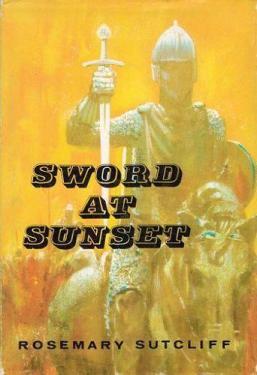
Sword at Sunset is a best-selling 1963 novel by Rosemary Sutcliff. One of her few historical novels written specifically for adults, it is her interpretation of the legend of King Arthur.

Bloody Jack: Being An Account of the Curious Adventures of Mary “Jacky” Faber, Ship's Boy is a historical novel by L.A. Meyer, published by Harcourt Children's Books in September 2002. It is centered on an orphaned girl in London in the early 19th century.

The Boleyn Inheritance is a novel by British author Philippa Gregory which was first published in 2006. It is a direct sequel to her previous novel The Other Boleyn Girl, and one of the additions to her six-part series on the Tudor royals. * The novel is told through the first-person narratives of – Anne of Cleves, Katherine Howard, and Jane Boleyn, who was mentioned in The Other Boleyn Girl. It covers a period from 1539 until 1542 and chronicles the fourth and fifth marriages of King Henry VIII of England.

Dawn Wind is a historical novel for children and young adults written by Rosemary Sutcliff and published in 1961 by Oxford University Press, with illustrations by Charles Keeping.
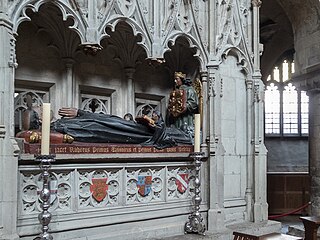
Rahere, or Raher or Raherius, was an Anglo-Norman priest and monk. He was a favourite of King Henry I and is most famous for having founded St Bartholomew's Priory and the Hospital of St Bartholomew in 1123.
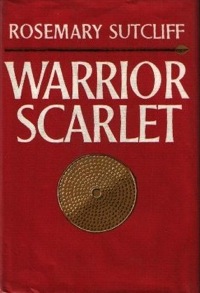
Warrior Scarlet is a historical fiction adventure novel, published in the first place for children and young adults for, by Rosemary Sutcliff, illustrated by Charles Keeping and first published in 1958. It is set in Bronze Age Britain, approximately 900 BCE, and takes place in and around the South Downs in England.
William II of England has been depicted in various cultural media.
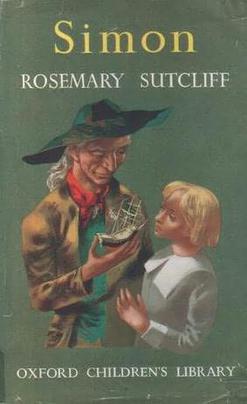
Simon is a children's historical novel written by Rosemary Sutcliff, first published in 1953. It is set during the First English Civil War, primarily focusing on the final campaign of 1645-1646 in the West Country and shows the effect of the conflict on two friends, who find themselves on opposite sides.
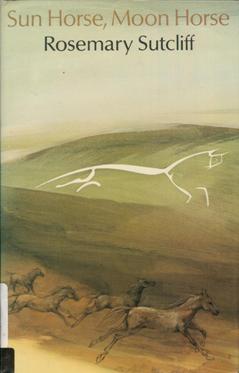
Sun Horse, Moon Horse is a historical novel for children written by Rosemary Sutcliff and published in 1977.
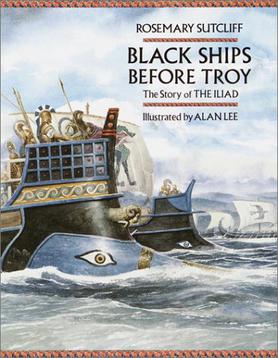
Black Ships Before Troy: The Story of the Iliad is a novel for children written by Rosemary Sutcliff, illustrated by Alan Lee, and published (posthumously) by Frances Lincoln in 1993. Partly based on the Iliad, the book retells the story of the Trojan War, from the birth of Paris to the building of the Trojan Horse. For his part Lee won the annual Kate Greenaway Medal from the Library Association, recognizing the year's best children's book illustration by a British subject.
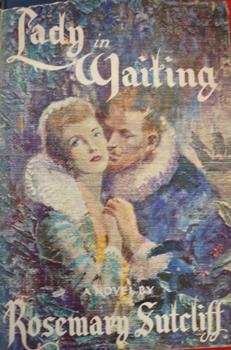
Lady in Waiting is a historical novel by Rosemary Sutcliff and first published in 1957.

Tristan and Iseult is a children's novel by Rosemary Sutcliff and was first published in 1971. A re-telling of the ancient legend, it received the Boston-Globe Horn Book Award in 1972, and was runner-up for the 1972 Carnegie Medal.
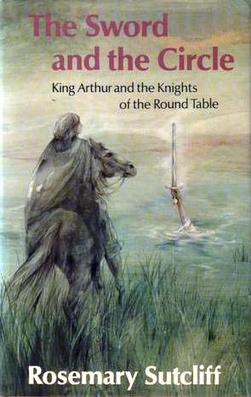
The Sword and the Circle, King Arthur and the Knights of the Round Table is a children's novel written by Rosemary Sutcliff and was first published in 1981. The story is a retelling of the story of King Arthur and his Knights of the Round Table. According to her own statements in the introduction, The Sword and the Circle follows the myths and folktales of King Arthur, crediting inspiration primarily from Sir Thomas Malory's Le Morte d'Arthur; other sources include Geoffrey of Monmouth's Historia Regum Britanniae, English ballads, and Irish folktales. She contrasts this telling of the King Arthur story with her previous novels, The Lantern Bearers and Sword at Sunset, which were more an attempt to connect with a concrete historical figure behind the folktales.

The Shield Ring is a 1956 historical novel for children written by Rosemary Sutcliff. It is the last in a sequence of novels, chronologically started with The Eagle of the Ninth, loosely tracing a family of the Roman Empire, then Britain, and finally Norse-Britain, who inherit an emerald seal ring bearing the insignia of a dolphin.

Knight's Fee is a children's historical novel written by Rosemary Sutcliff, first published in 1960. It is set in and around the South Downs in England, near the towns of Steyning and Arundel in West Sussex and covers the period 1094–1106, some 30–40 years after the Norman conquest of England in 1066.



















